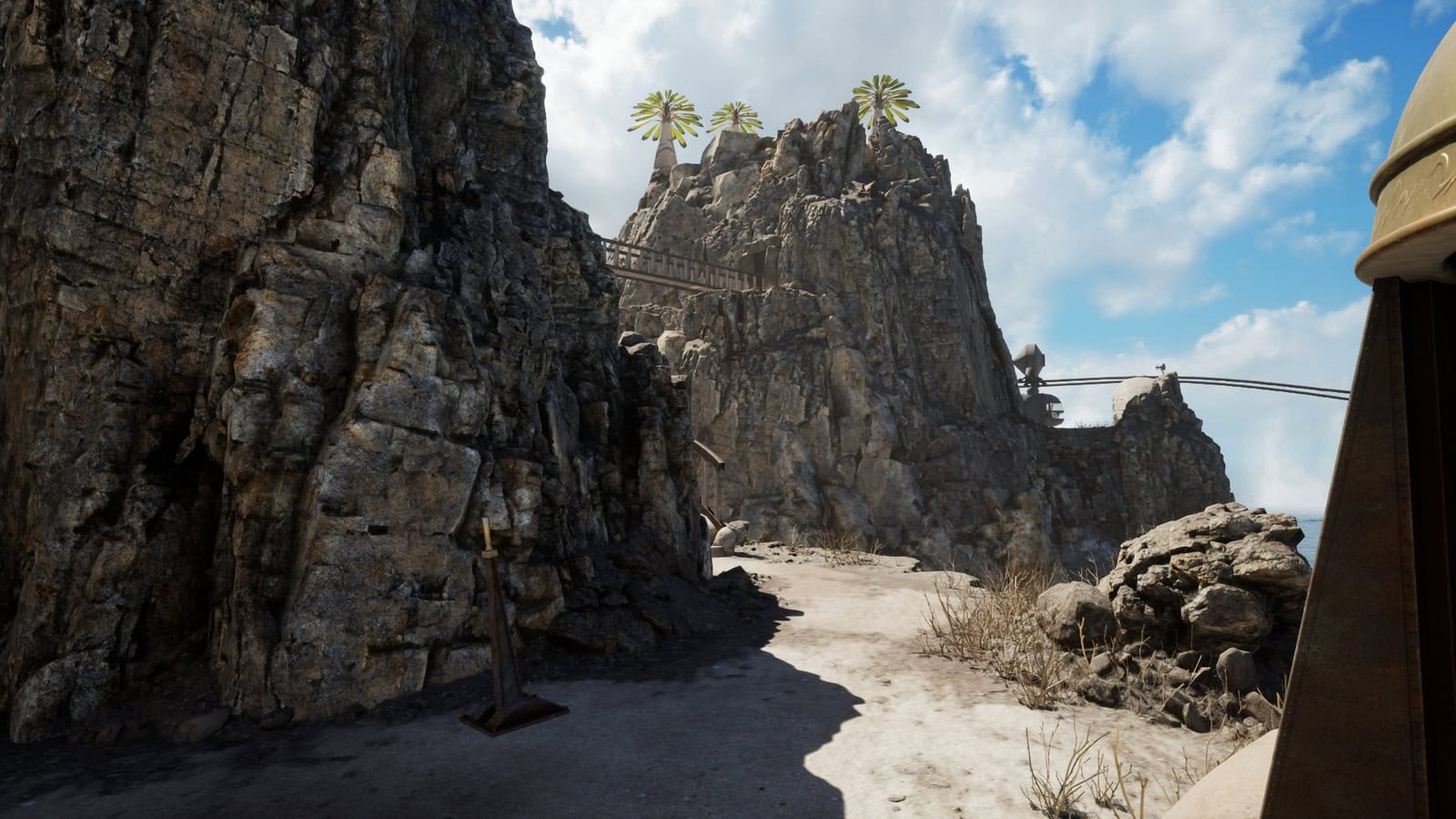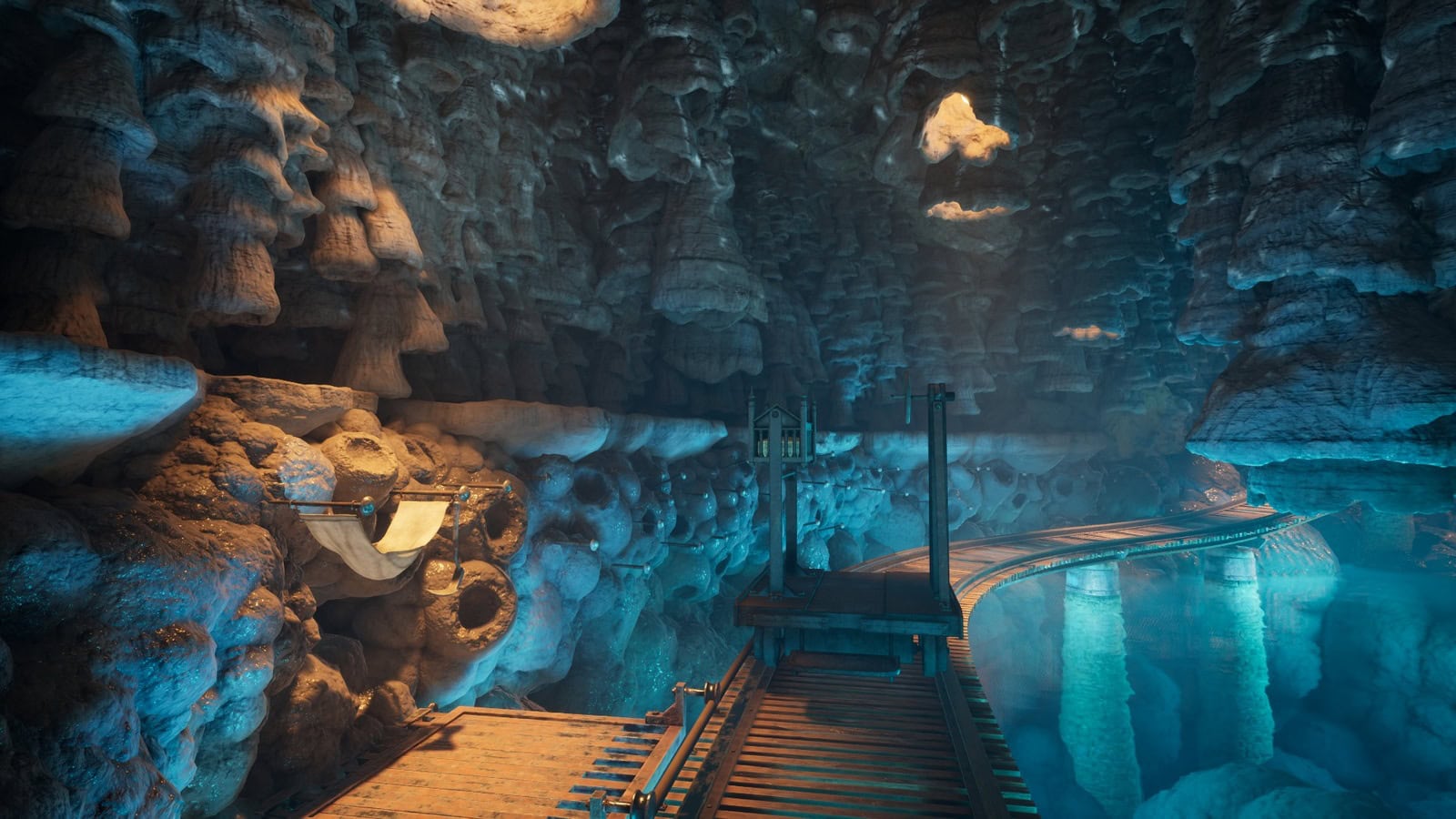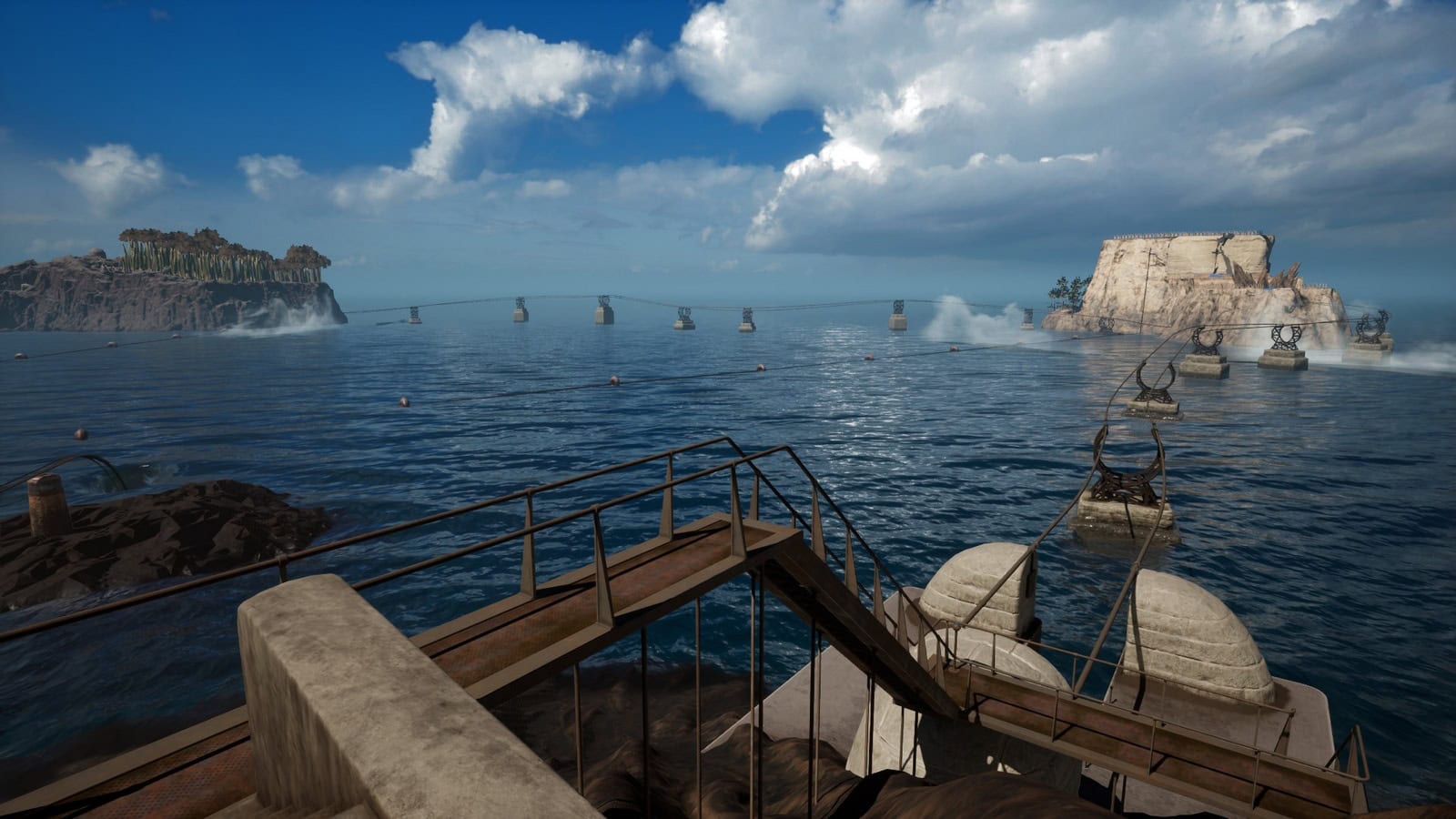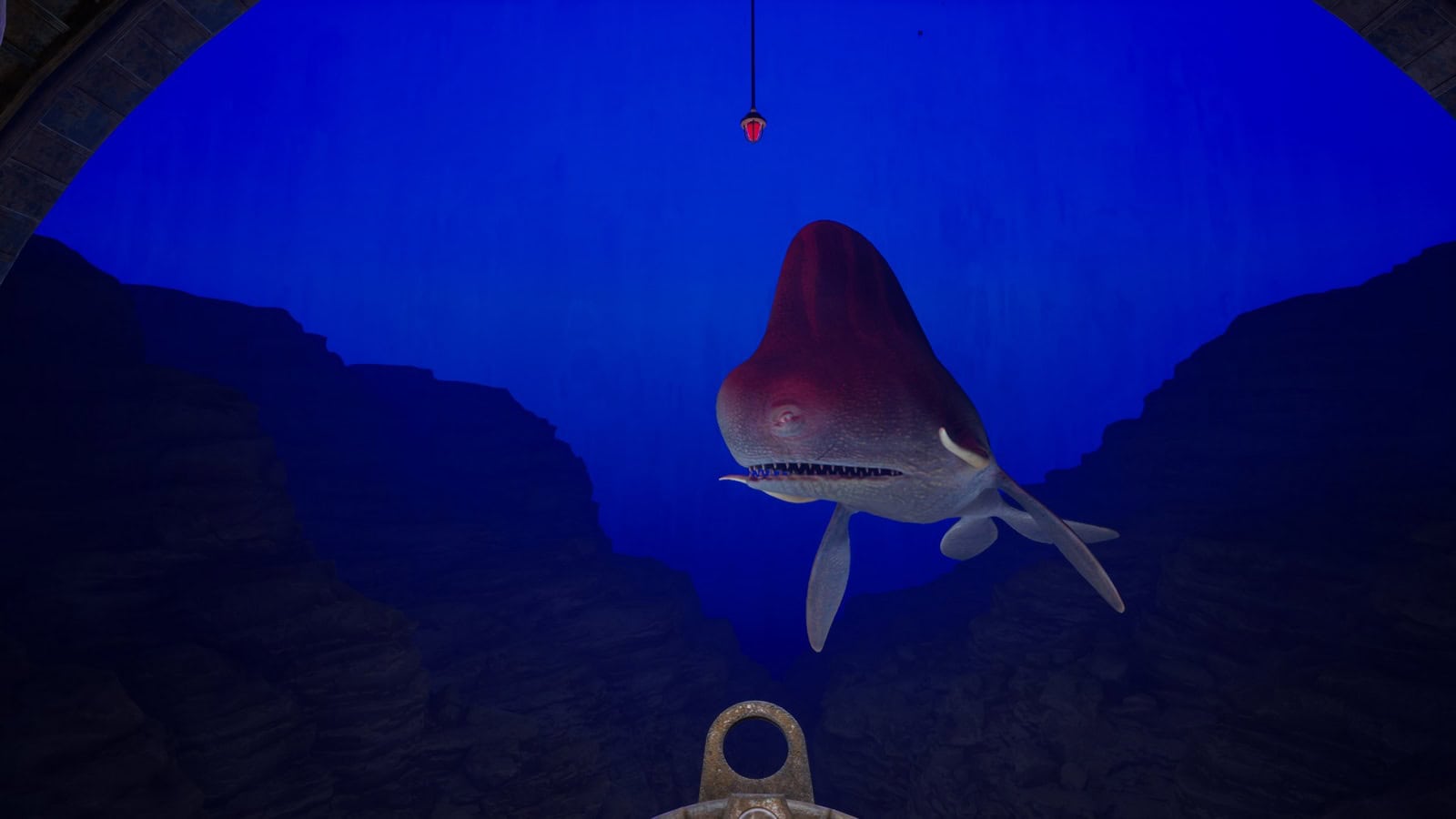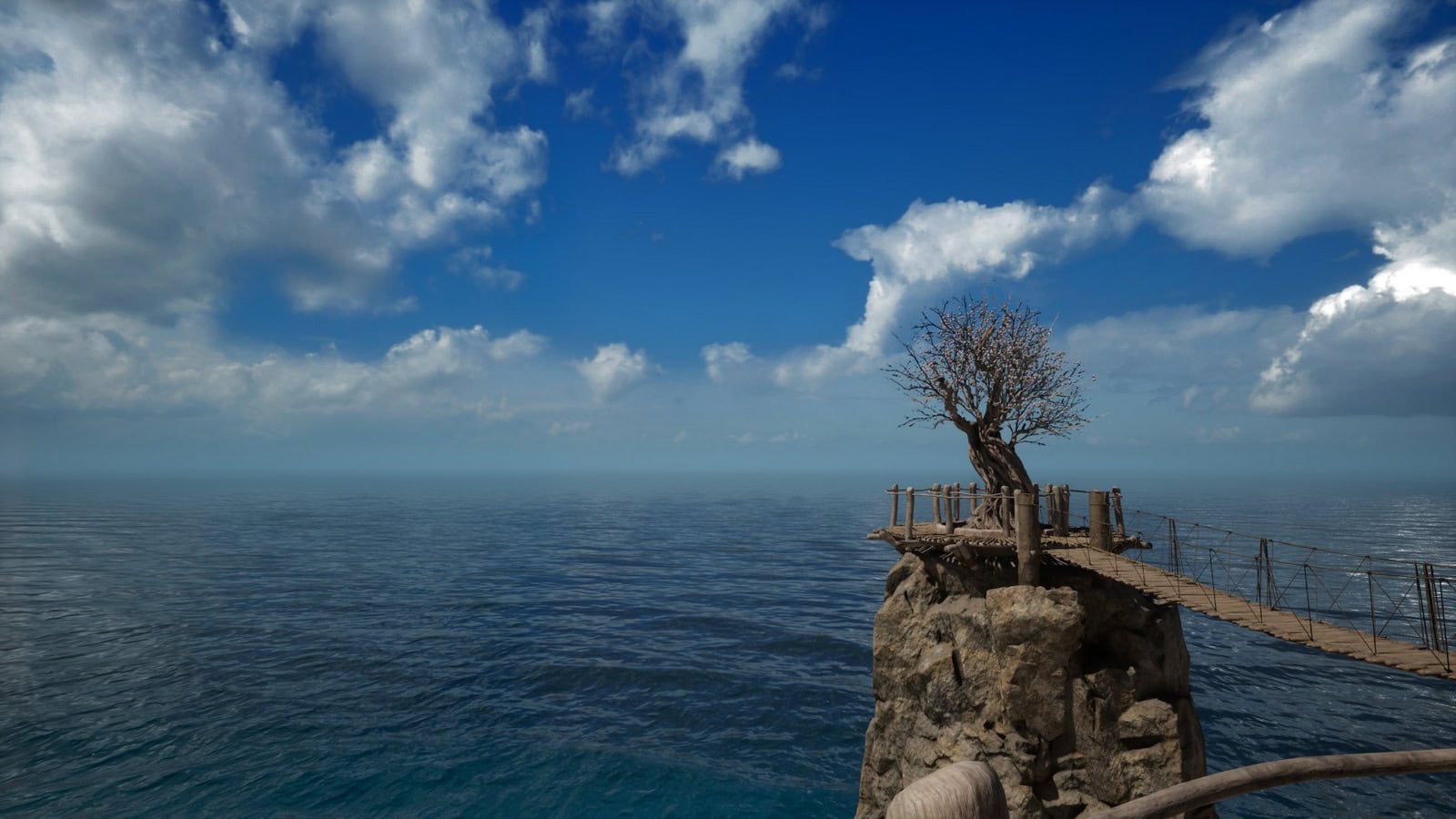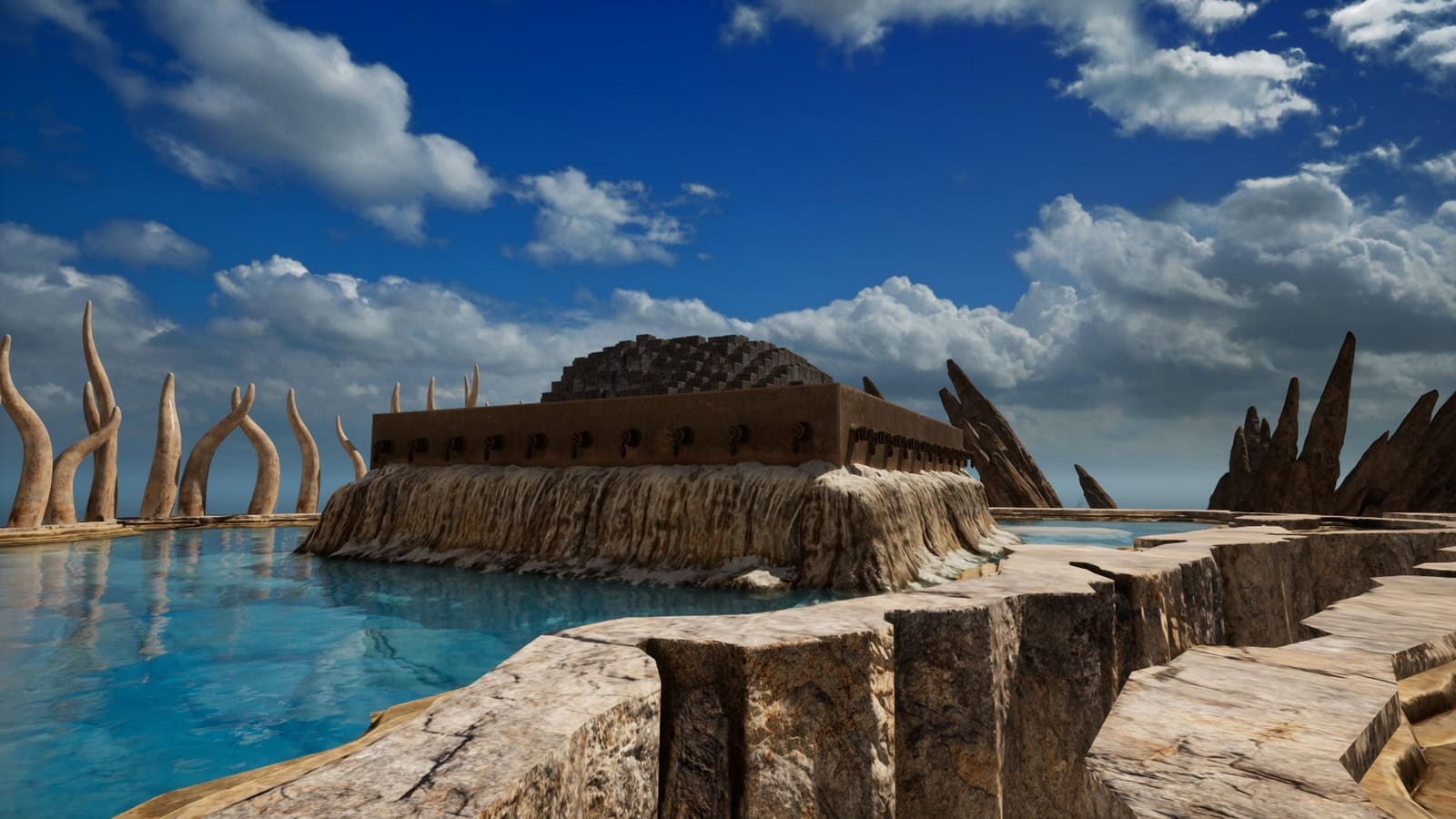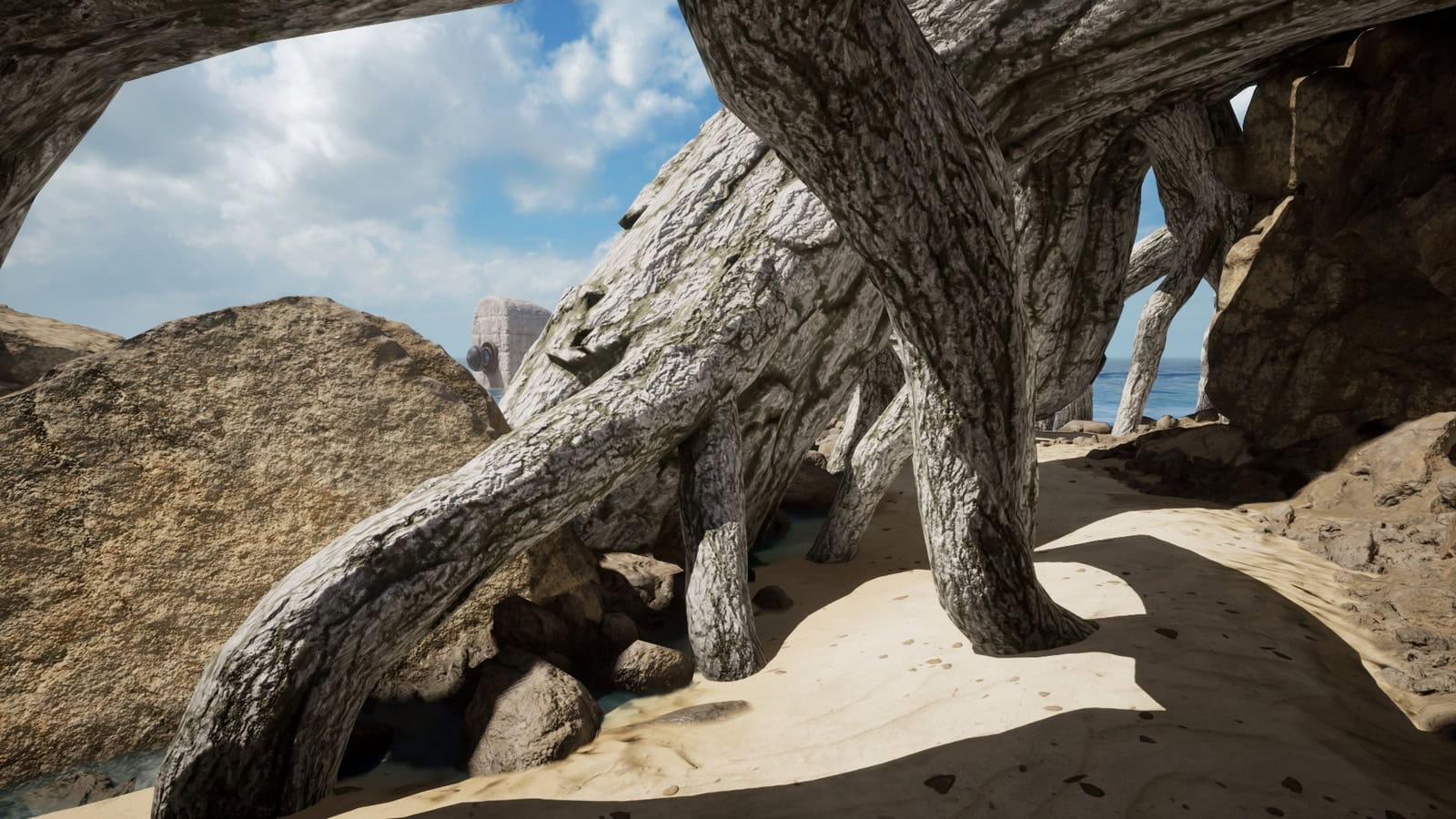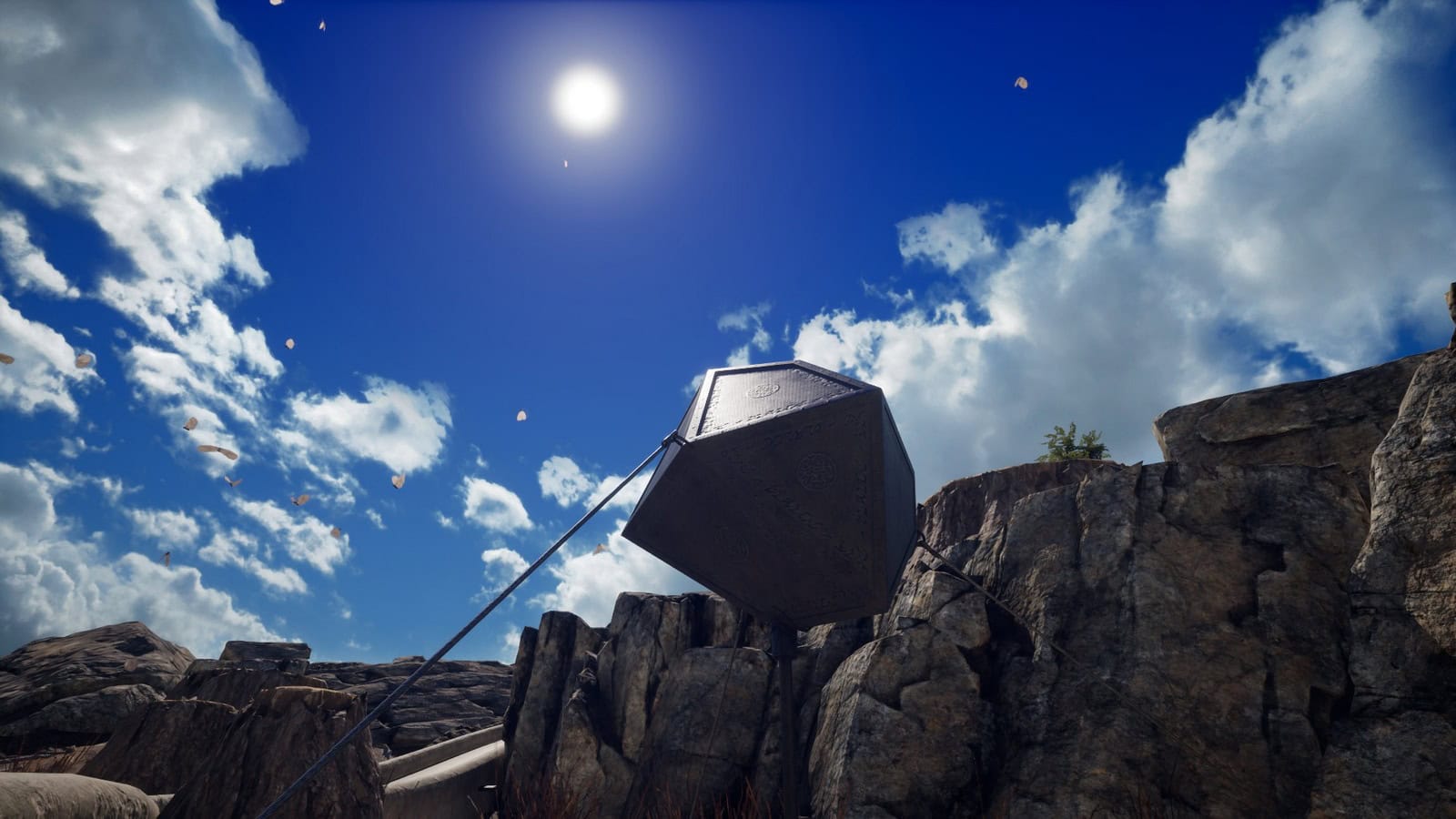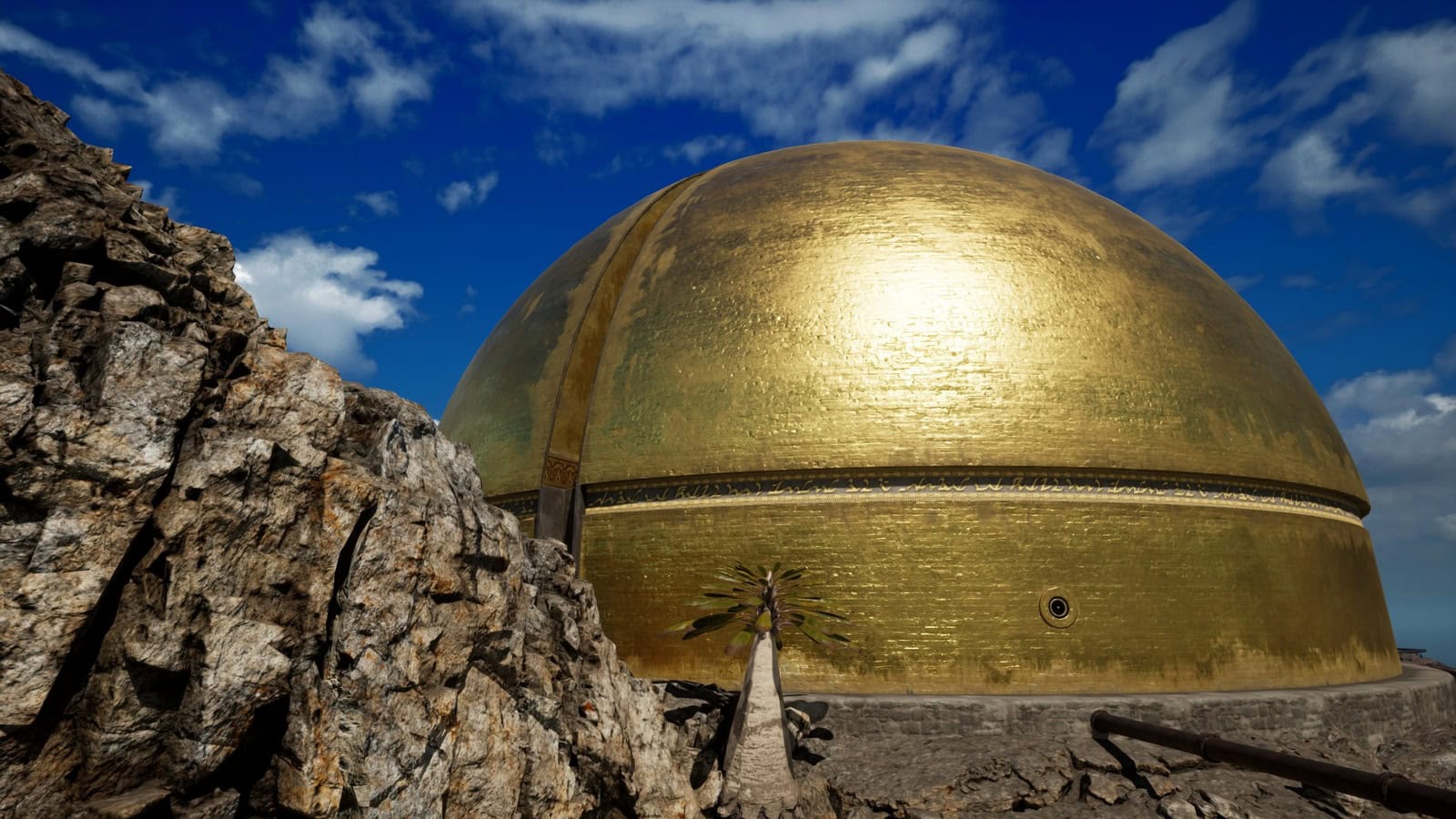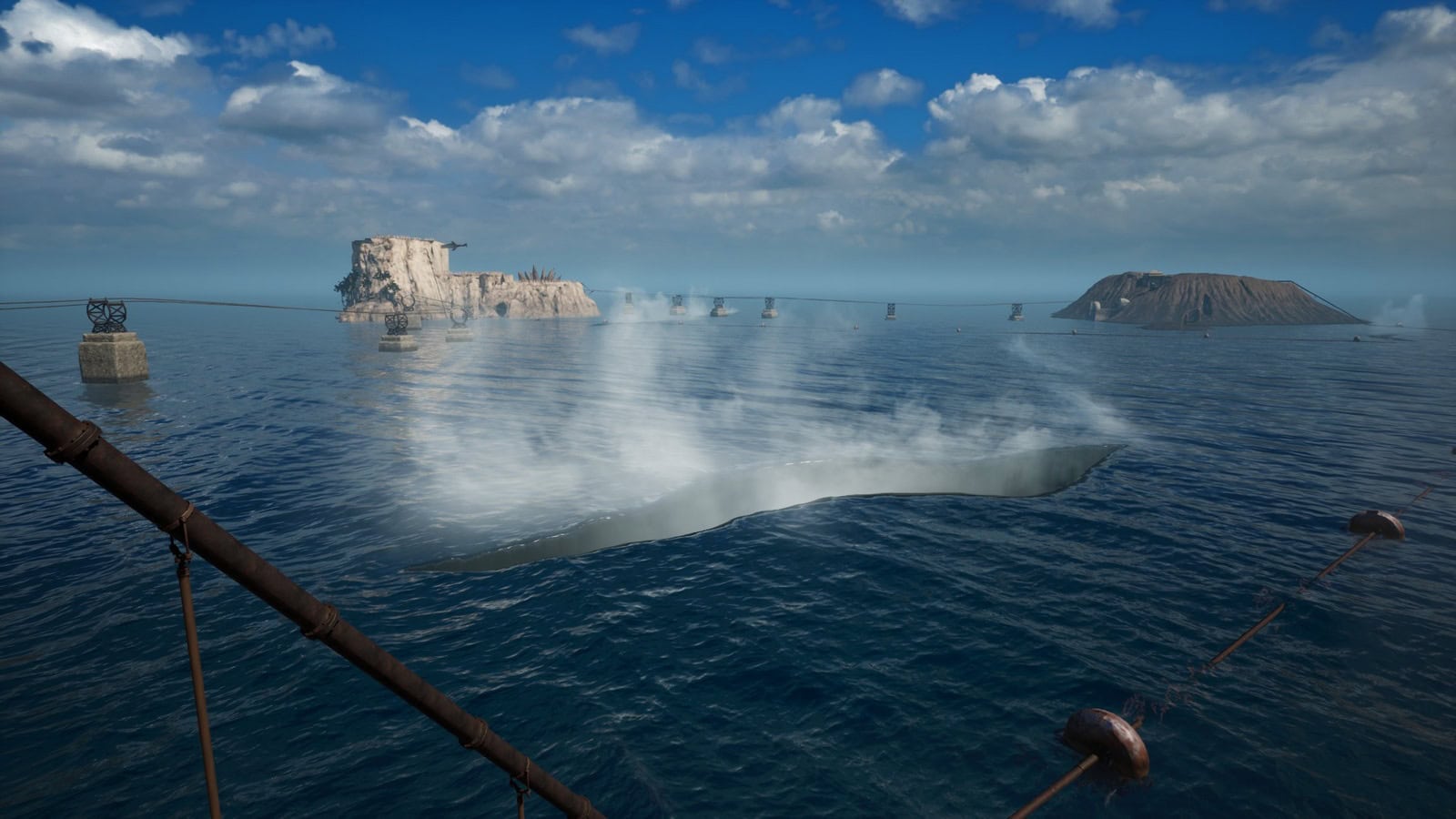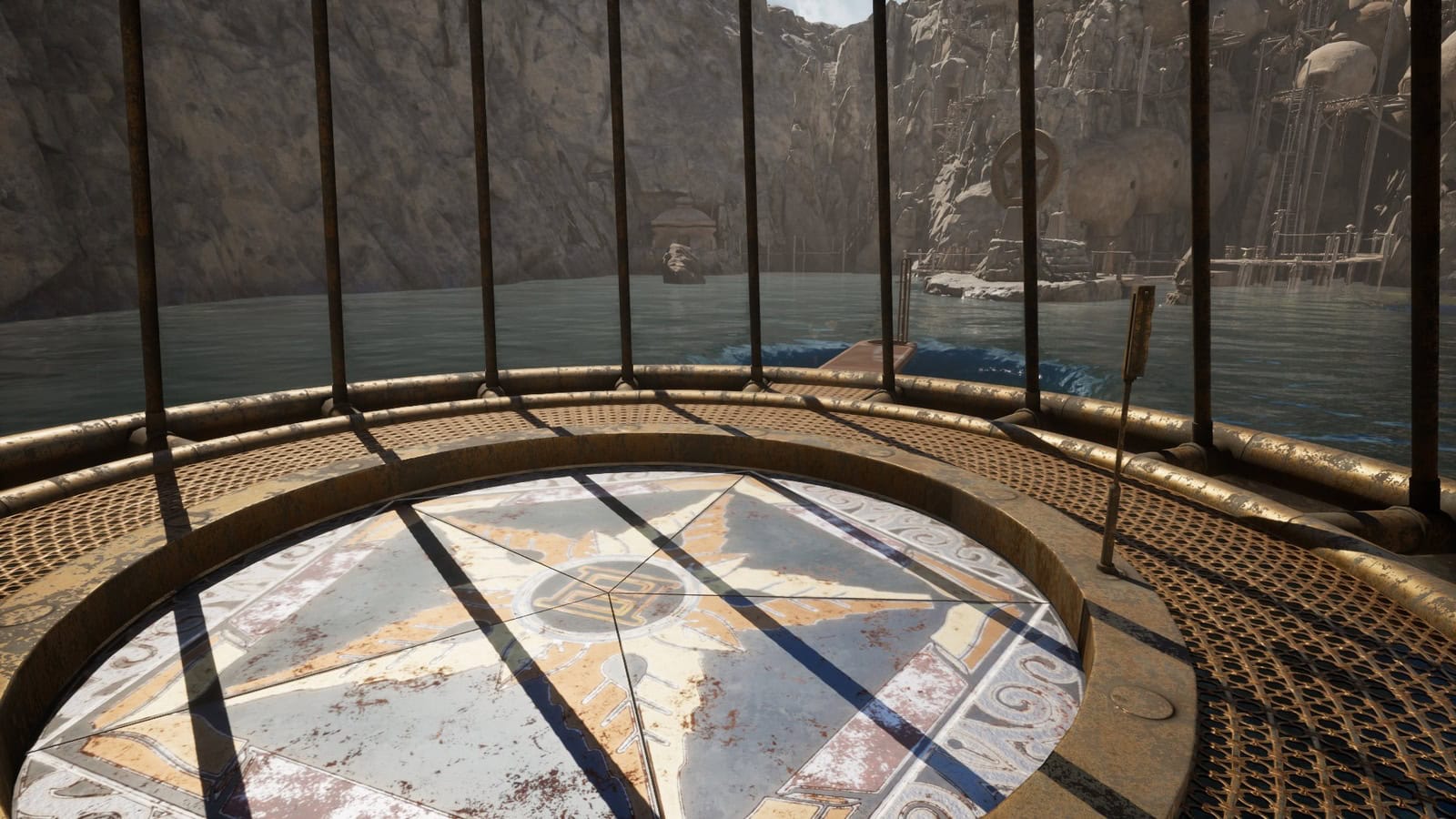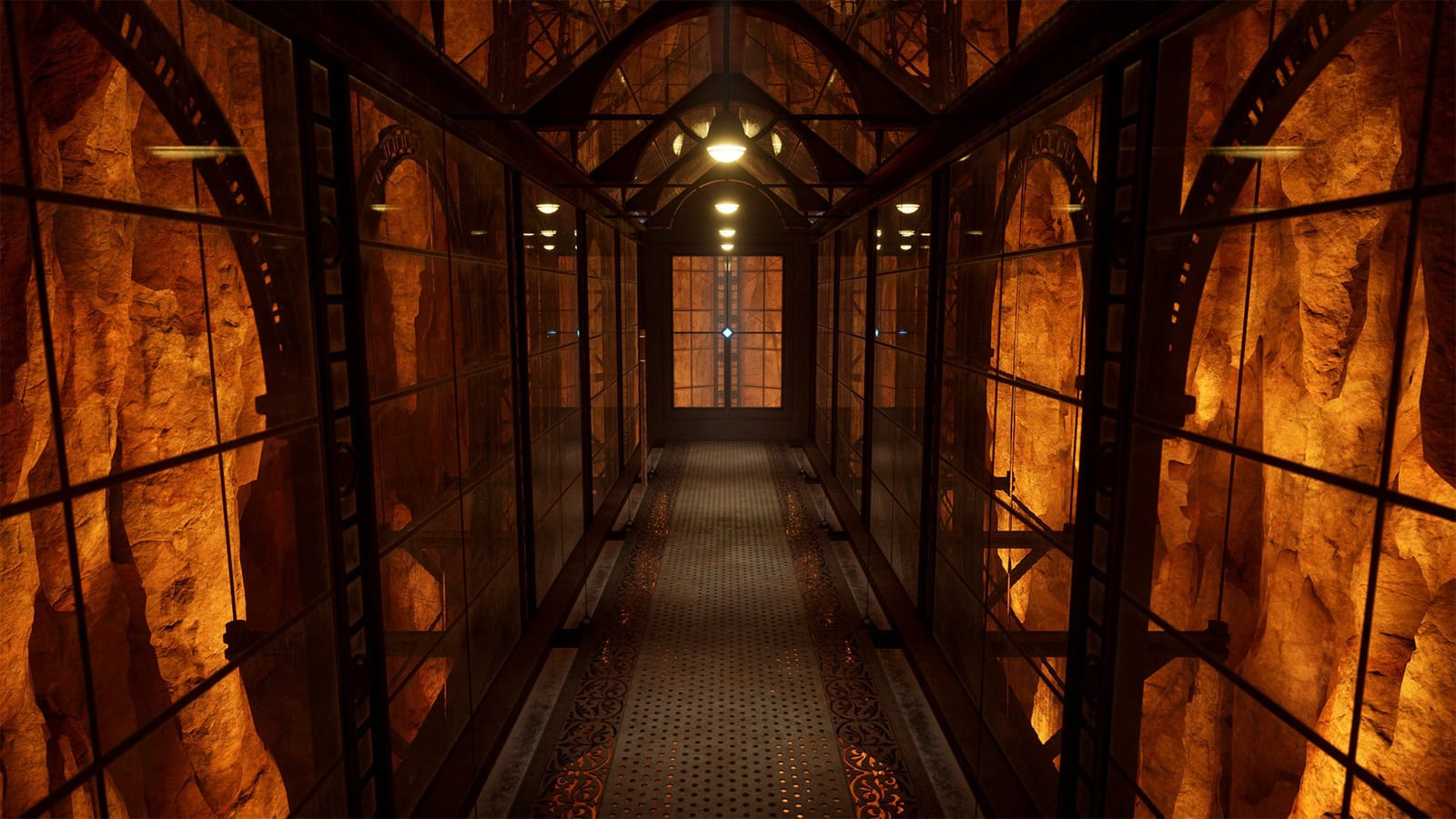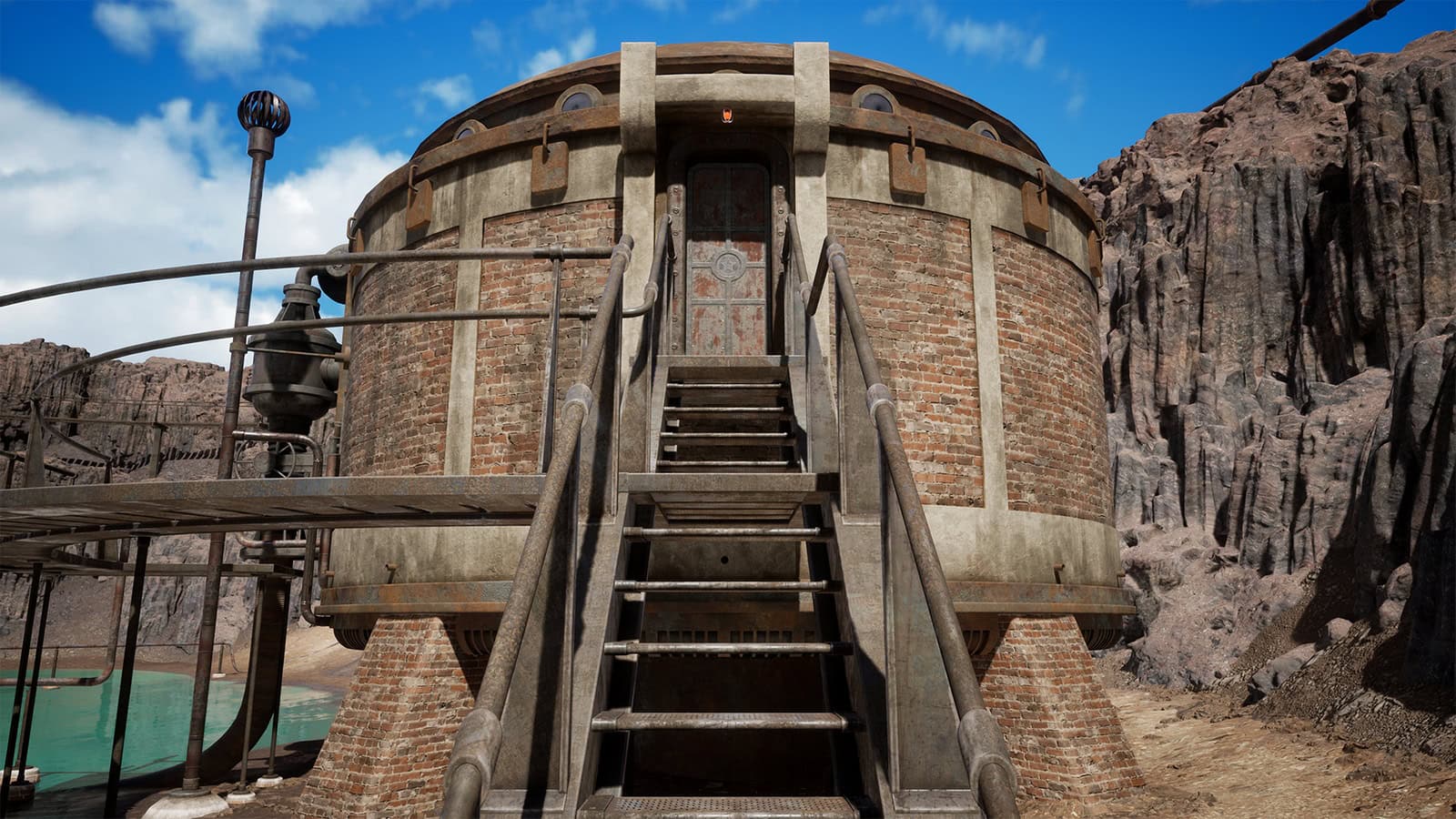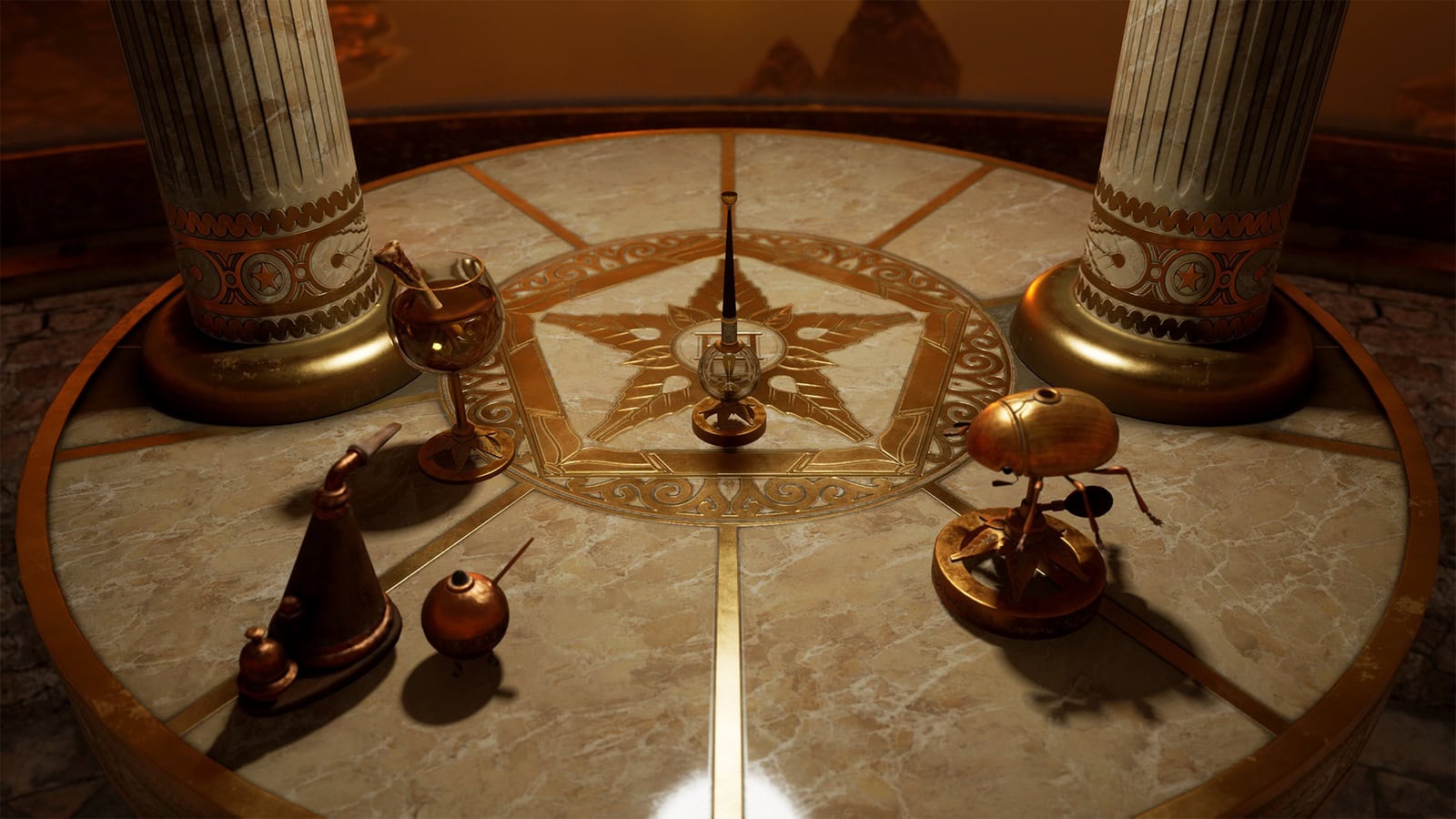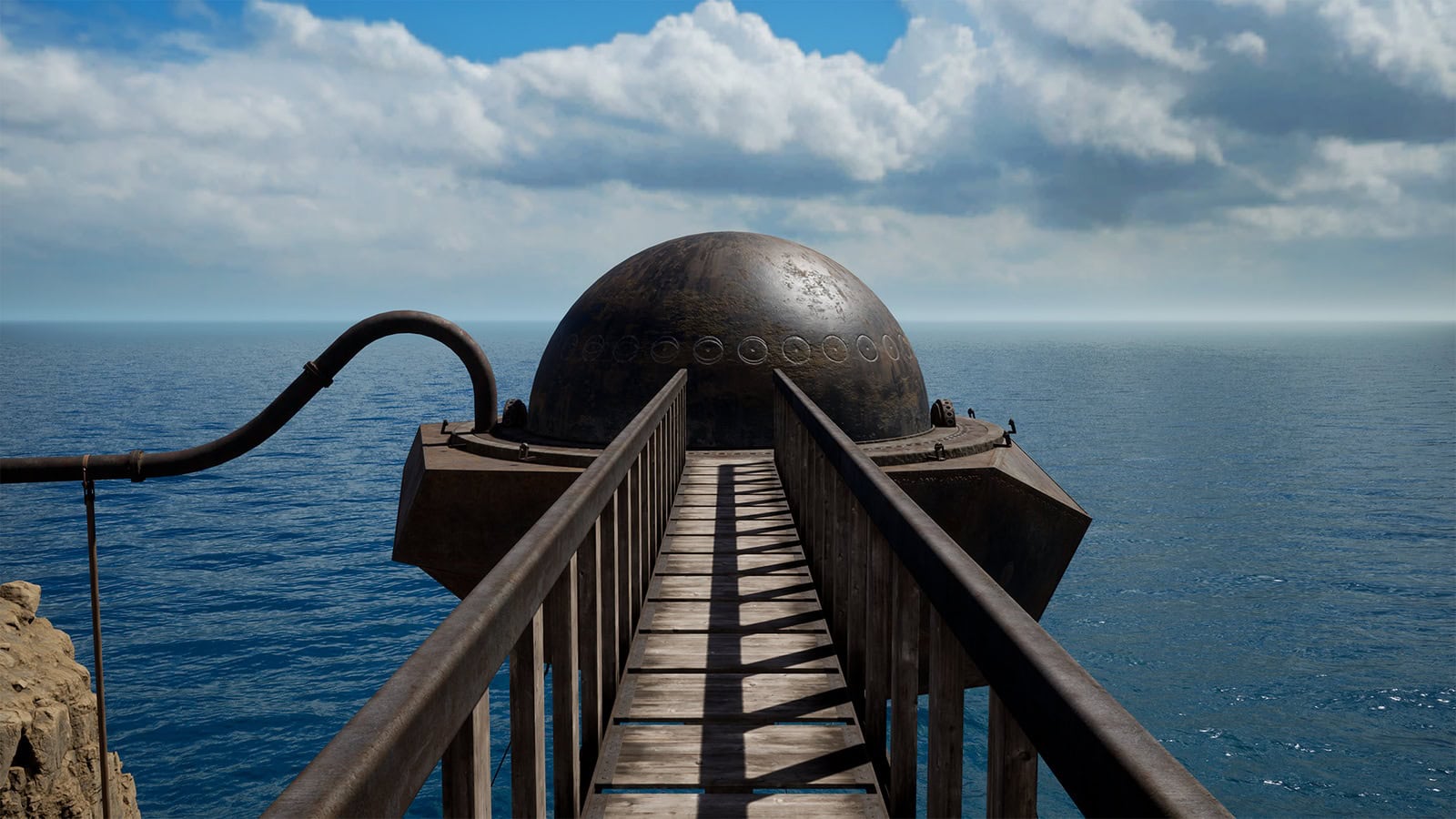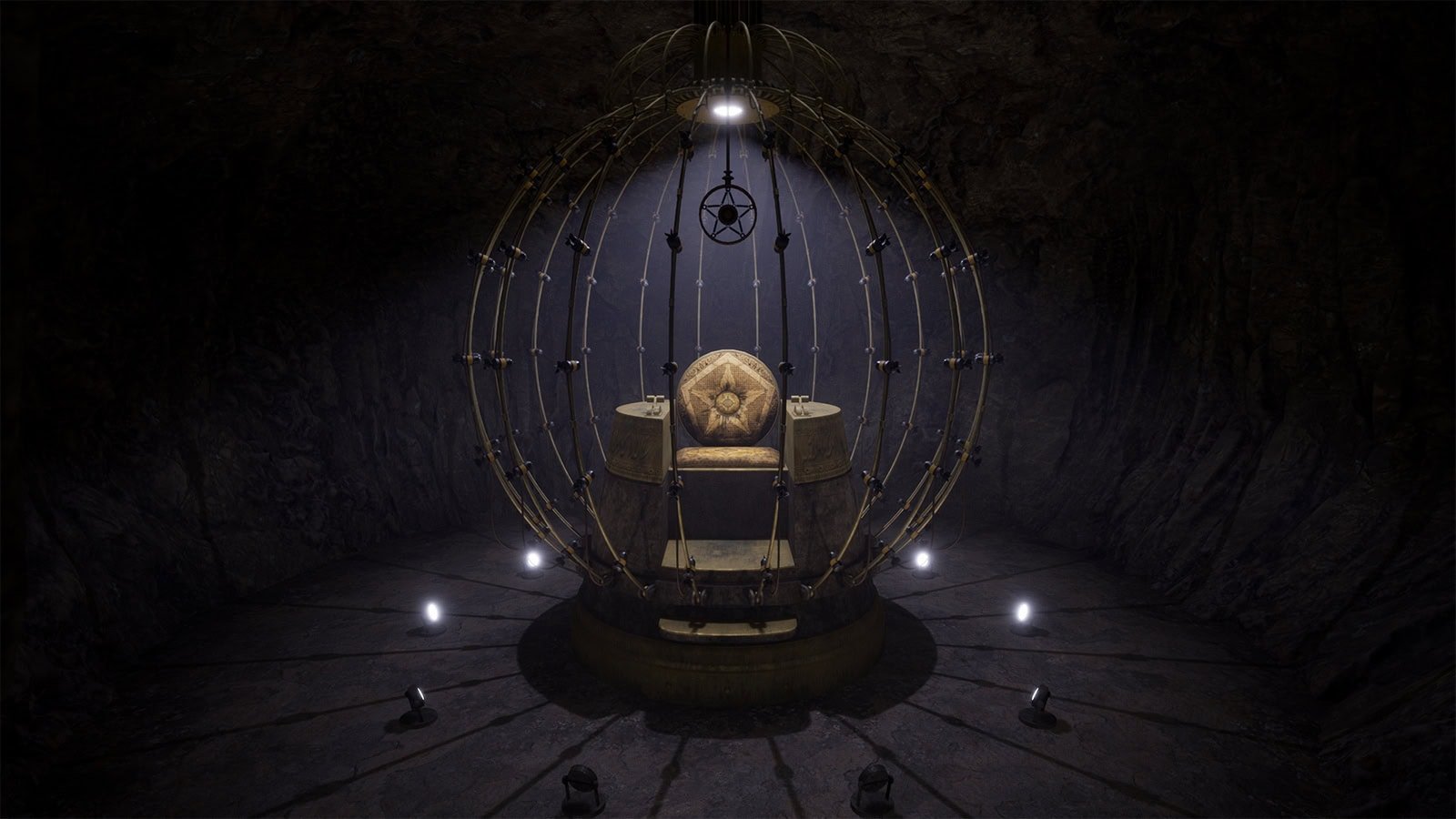The Myst series of adventure games, which was launched in 1993, is still considered an unsurpassed classic. All thanks to a meticulous approach to puzzles and a unique setting that combines sci-fi, other worlds, steampunk, and many other elements. Thanks to the video games in the Myst universe, Cyan Worlds - or simply Cyan, as it was previously known - has been successfully operating for over 30 years.
Of course, the modern audience is not so familiar with the achievements of Myst. However, the developers began to rectify the situation in 2020, when the first part of the series was remade. And in July 2024, the second game, Riven, received an updated version. It turned out that the classic adventure game feels great in modern realities, even despite its old-fashionedness.
| Game | Riven |
| Genre | adventure, puzzle |
| Platforms | Windows, macOS, Meta Quest |
| Languages | English |
| Developer | Cyan Worlds |
| Publisher | Cyan Worlds |
| Link | Steam |
The name alone may make your head start to boil. After all, to an outsider, Riven doesn't seem to have much of a connection to Myst. But the original game is called Riven: The Sequel to Myst, which literally contains the phrase "sequel to Myst" in order not to confuse the gaming community. Cyan Worlds loves such experiments with titles, which is why they have developed another series of games called Uru, which is also set in a shared universe with Myst and Riven.
The remake was simply named Riven, eliminating additional explanations right from the start. This change hides several marketing solutions at once. First, a game with a simple, sounding name is much easier to discuss and advertise. Secondly, you can easily play Riven even without completing Myst. Besides, the game is more based on the novel The Book of Atrus, but you don't have to read it anymore.
Yes, the story continues the previous game, but everything is done in such a way that this fact does not interfere with the pleasure of a new adventure. At the beginning, you will be briefly but succinctly explained what needs to be done. The center of events is the world of Riven, created by the tyrant Gen. Gene does not have enough skills to create stable worlds, so Riven is divided into separate island structures and is slowly dying.
The villain managed to kidnap the girl Katerina and imprison her. Catherine is the beloved of Atrus, one of the main characters of the entire series, who also acts as a narrator and catalyst for many important events. It is Atrus who asks the unnamed protagonist to go to Riven and rescue Catherine, and at the same time to end the life of Gene, who is Atrus's father.
The plot in the Myst series is one of the central places, it's complex and elaborated in every detail. However, Riven is only the second installment of the series, so it doesn't feel particularly difficult to understand. The characters provide all the necessary information, and you can read additional details in the diaries. But keep in mind that the diaries here are as similar to real ones as possible, so they describe long periods of time and a series of events. You will have to read a lot, and sometimes it is also necessary to solve puzzles.
This fact makes the Riven story seem a bit old-fashioned. This is despite the fact that the original also had scenes with live actors and even more words that were not included in the remake. It feels like Cyan Worlds wanted to simplify the narrative structure a bit, but keep the spirit of the 90s with its strange stories that didn't spare the players much. Because of this, Riven has problems with the pacing of the narrative: you can wander around for a few hours without any progress in the story, and then in half an hour you get tons of exposition and various character explanations.
Because of this, you can easily get lost in history. It feels like another jigsaw puzzle that tests your information perception skills. However, in a world where players have been discussing the ephemeral plots of games like Dark Souls and Hollow Knight for years, Riven seems to be quite appropriate. If the plot passes you by, YouTube, Wikipedia, and fan discussions of the game will come to the rescue.
However, the story in Riven, even though it is elaborate, still takes a back seat. The main elements of the game are world exploration and puzzle solving. Moreover, these two elements are closely related to each other: an inattentive player risks wandering in circles, and without solving puzzles, you will never see the end of the game.
But Riven is not in a hurry to scare off new players and starts off quite delicately. The puzzles at the beginning are simple and train your attention span more. In some places, the first third of the game resembles a walking simulator. It is better to enjoy it while you have the opportunity.
The incredible beauty of the game, both from the artistic and technical side, helps to endure all the puzzles. You want to take screenshots all the time, and each new location surprises and delights you. Cyan Worlds has made even the most banal rocks and dungeons look nice, and the game is very respectful of your PC's resources. My laptop RTX 3060 pulled everything at maximum quality in Full HD at 120 frames per second. So even if you've always been far from the world of puzzles, Riven is worth a try, if only for the scenery and one of the best oceans in any video game.
And after all the admiration, the real puzzles begin - and this is where the game takes on its true essence. Harsh, without alternatives, but still attractive. Because the puzzles here are among the hardest in the genre. Get ready to keep a notebook and pencil handy, because you'll definitely need them.
Riven differs from classic point-and-click adventures in which you need to collect items, combine them, and use them in the right places, which also regularly turn out to be completely unexpected. Instead, the game constantly tests your attentiveness and ability to compare facts. After all, a small detail on one island can be critical to solving a puzzle somewhere else entirely.
The fact that Riven has a relatively open structure adds to the difficulty. The protagonist freely explores all available islands, gradually discovering new locations. Nowadays, it is fashionable to compare this approach with metroidvania, but in the 90s it was a classic of the adventuring genre. However, even here, the developers from Cyan Worlds managed to combine the old with the new.
The original Riven: The Sequel to Myst did not have a three-dimensional environment. The developers divided the whole world into screens, between which the player moved by clicking on points of interest. That is, it was more like a standard point-and-click structure for the genre. Instead, the new version of Riven has a fully three-dimensional environment that the player explores as in regular first-person games. Of course, this increases immersion, especially in VR, and makes the environment more beautiful. But in this combination, developers like to make cruel jokes at the player.
In the classic quests of the 90s, sometimes you had to search for the desired point with pixel accuracy, which led to the emergence of the term pixel hunting. In the three-dimensional environment of the Riven remake, doing something like this seems almost impossible, but Cyan Worlds has managed to do it. They hide important objects and paths in a masterful way, which makes you have to carefully study every piece of the islands. And then wonder how you couldn't find something so obvious, hidden in the most visible place.
The open world structure also makes it difficult to follow guides. After all, the author of the guide could have chosen a completely different path than you. Keep in mind that Riven still has several endings that are influenced by the protagonist's actions and their sequence. And finally, the puzzle, the answer to which is randomly generated for each player, stops the dependence on guides. So don't expect an easy passage.
Riven invites you to learn new languages and computing systems, look for clues in children's toys, think in the context of all five islands at once, and do unconventional but interesting things. Don't expect any hints, although sometimes you really want them. The most you can expect is a cursor that changes shape when you hover over active points. For the rest, the game relies on your intelligence and attentiveness. This is at a time when almost all other modern puzzles offer at least additional hints to the solution. That one element that harkens back to the 90s.
But even when you can't find a solution for hours, you still don't want to leave the Riven world. Because it is truly unique, magical, and incredibly attractive. And most importantly, it fits surprisingly authentically into current video game trends. After all, strange, almost impossible puzzles were popularized by cooperative games like Escape Simulator and We Were Here, and strange stories were taught to players by FromSoftware. And unique adventures have always been honored among fans of culture and art.
Riven exudes a tropical freshness that is not overwhelmed by any thoughts about another difficult puzzle. And the old-fashionedness can be perceived as a tribute to the classics and video games of the 90s in general. So, the meeting of old and new in Riven was almost perfect, and we got another eloquent confirmation that Cyan Worlds has been working for so many years and survived even in the current harsh realities.
You can also play Riven in VR. Get ready, it will be much more demanding on PC resources, but the beauty of the game is worth it.


